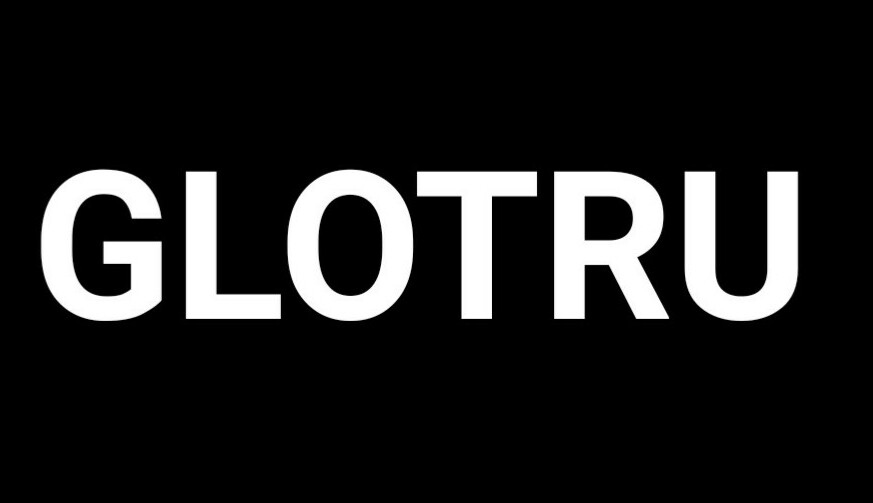PHP Syntax
PHP is a popular server-side scripting language used for web development. It has a specific syntax that you need to follow when writing PHP code. Here are some key aspects of PHP syntax:
- Opening and closing tags: PHP code is typically enclosed within opening (
<?php) and closing (?>) tags. These tags indicate the start and end of PHP code. For example:
php
<?php
// PHP code goes here
?>
- Statements: PHP code consists of individual statements that perform specific actions. Each statement ends with a semicolon (;) to separate it from the next statement. For example:
php
$name = "John Doe"; // Assigning a value to a variable
echo "Hello, " . $name . "!"; // Outputting a string
- Variables: PHP variables are declared using a dollar sign ($) followed by the variable name. Variable names are case-sensitive and can contain letters, numbers, and underscores. For example:
php
$age = 25; // Integer variable
$pi = 3.14; // Floating-point variable
$name = "John"; // String variable
- Comments: PHP allows you to add comments to your code for documentation or explanatory purposes. Single-line comments start with two forward slashes (//), while multi-line comments are enclosed between /* and */. For example:
php
// This is a single-line comment
/*
This is a
multi-line comment
*/
- Control structures: PHP provides various control structures to control the flow of execution in your code. Some common control structures include if-else statements, loops (such as for, while, and foreach), switch statements, and more.
php
if ($condition) {
// Code to execute if condition is true
} else {
// Code to execute if condition is false
}
for ($i = 0; $i < 5; $i++) {
// Code to repeat 5 times
}
while ($condition) {
// Code to execute repeatedly while condition is true
}
- Functions: PHP allows you to define and use functions to encapsulate reusable blocks of code. Functions are defined using the
functionkeyword, followed by the function name and parentheses. For example:
php
function greet($name) {
echo "Hello, " . $name . "!";
}
greet("John"); // Output: Hello, John!
These are just some of the basic elements of PHP syntax. PHP offers many more features and capabilities for web development, including handling forms, interacting with databases, working with arrays, and much more.

